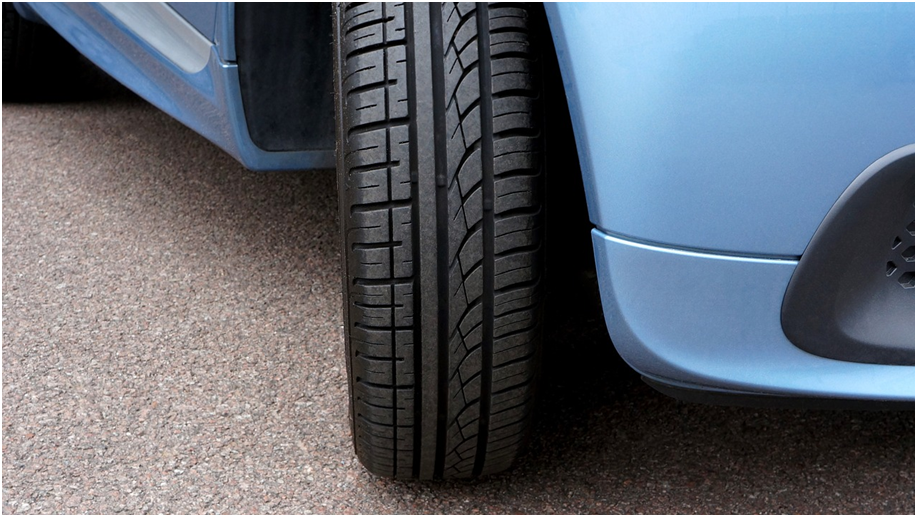Driving with tires in poor condition can have fatal consequences. Losing control of the car in the event, for example, of a blowout or an aquaplaning, carries at least a good scare. Therefore, motorists must be aware that we are primarily responsible for tire maintenance.
To live up to that responsibility we need a certain attitude, a clear commitment to the maintenance of the vehicle, but also the right information to know how to interpret the symptoms, the signals that are transmitted to us by tires in poor condition.
Attention to these signals
The first symptom, included in the legislation, is the depth of the cover drawing. This depth, set at a minimum of 1.6 millimeters, is critical if we face, for example, a water-filled road. With a worn tire, the drawing spouts are unable to evacuate the water accumulated between the wheel and the ground, and we face the danger of suffering an aquaplaning.
Other signs to pay special attention to are strains or unusual wear easily recognizable in a visual inspection. They are a symptom that something that is not going well in the vehicle is affecting the wheels: a bad suspension due to deterioration of the shock absorbers, inadequate pressure or incorrect alignment. When in doubt, it is more than advisable to go to a trusted workshop.
The pressure, fundamental
Experts and authorities advise to periodically check the tire pressure. Circulating at an inadequate pressure modifies the characteristics of the tire and its efficiency in drift and adhesion efforts. This means, on the one hand, that foreign wear can occur, reducing performance and creating a risk of bursting. On the other hand, that their behavior while we are behind the wheel can materialize in unforeseen reactions that give us a good scare.
If the tires carry more pressure than is appropriate, they will wear excessively in the center. If the pressure is lower than recommended, the greater wear will be on the sides and the rolling resistance will increase, with the consequent increase in fuel consumption. What is the ideal pressure? The one advised by the vehicle manufacturer in its manual.
The new tires, behind
One of the most frequent doubts among motorists who change two of the four tires of their car is where to place the new. In case of difficulties, it is much easier to take control of the vehicle when the tires that fail, including the eventuality of a blowout, are the front.
In short, friends, brand tires are essential for road safety and the responsibility of driving with them in good condition, to avoid scares and accidents, belongs to all of us, to bus drivers.


























